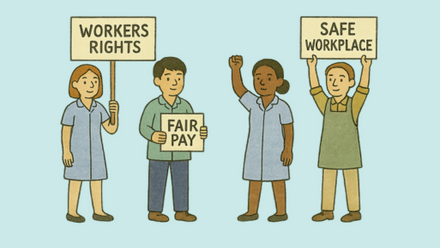The Care Quality Commission has released the State of Care report their annual assessment of health care and social care in England.
The report found that half a million people may be waiting either for an adult social care assessment, for care or a direct payment to begin, or for a review of their care.
It also found that 2.2 million hours of homecare could not be delivered because of insufficient workforce capacity, in the first 3 months of 2022, and that 41% of homecare providers said that workforce challenges have had a negative impact on the service they deliver.
Dr Jane Townson, Chief Executive Homecare Association said:
“CQC’s State of Care report highlights widespread workforce shortages in the health and social care system, which are having a serious impact on people who need care and support. Our members tell us recruitment and retention is the hardest it has ever been. As a result, many are unable to take on new clients and some are even having to hand back contracts.
“Inadequate government funding for homecare and poor commissioning practices over many years have led to poor pay, terms and conditions for homecare workers. Pressures during the pandemic have added to staff turnover, and the rising cost of living and fuel prices could lead to even more staff leaving this winter.
“We urge the Government to provide immediate funding to help homecare workers with fuel costs this winter.
“Unless the Government invests adequately in homecare over the longer term, unmet need will grow and the pressures on NHS services and ambulance waiting times will increase.
“Economic recovery is constrained by labour shortages. Record numbers of people are economically inactive due to ill health. Furthermore, national data show that 27.6% women and 7.4% of men have left the workforce to care for older family members or children, due to unavailability or unaffordability of care provision.
“The priority is to ensure homecare workers are paid fairly for the skilled roles they perform. Investment is urgently needed to ensure there are enough careworkers to meet needs, so that older and disabled people can live well at home, surrounded by those they love, and connected to their communities.”






